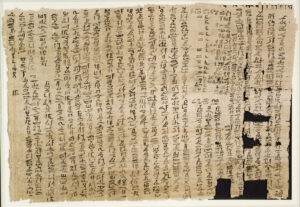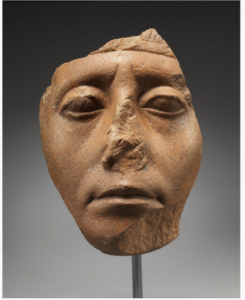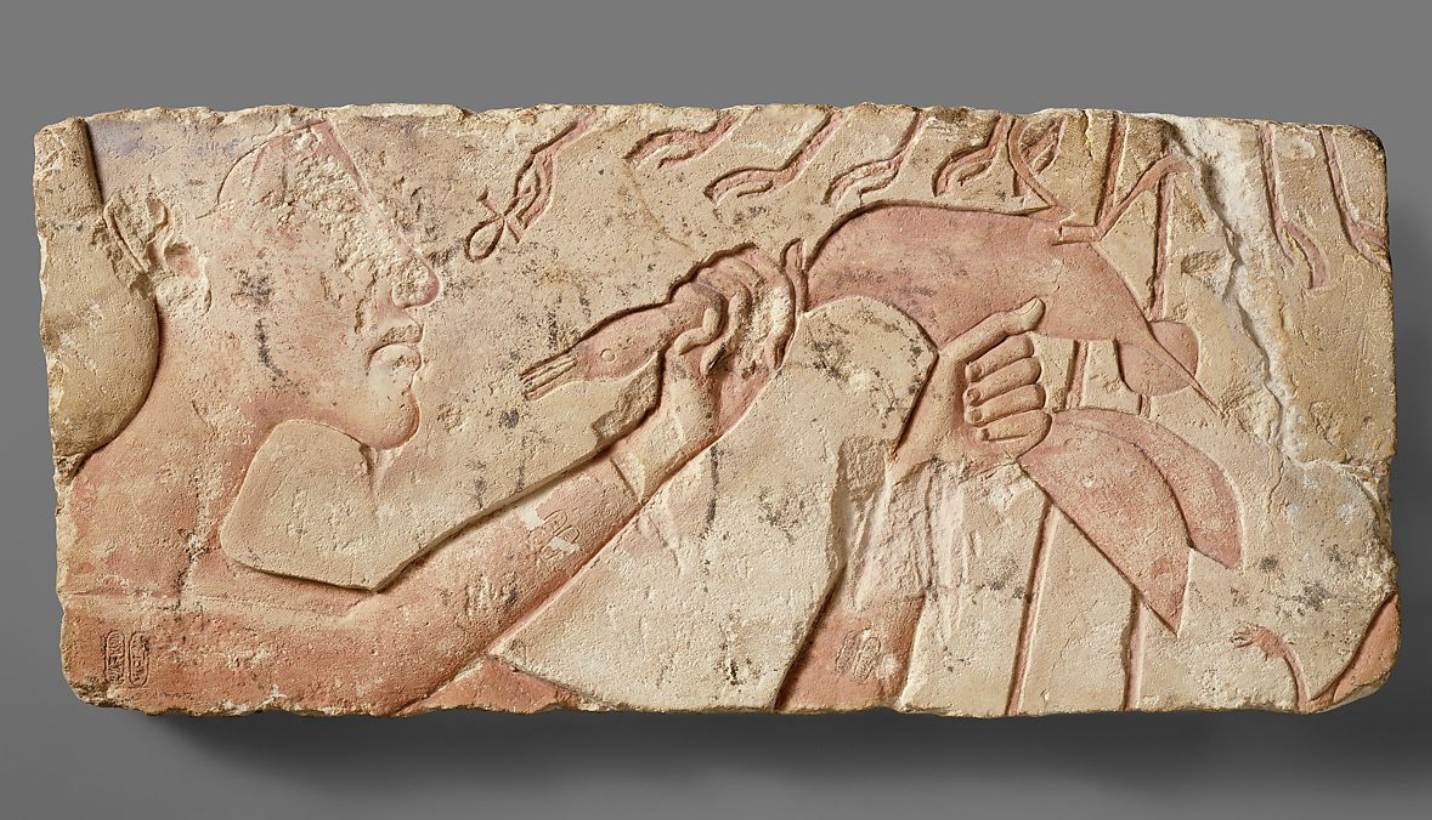By Alisa Cherkashina
When I visited the Metropolitan Museum of Art in New York City, NY, I quickly passed through or entirely skipped the Ancient Egyptian section (it wasn’t as familiar or ‘photo-worthy’ as the Renaissance statues). I then learned how prominent Egyptians were to the rest of the ancient world. Though we typically dedicate much more time to understanding the Greeks and Romans in Classical Studies, these cultures were all Mediterranean neighbors, living close together and influencing each other’s artforms and religious values.
We’ve heard of ancient Egypt in pop culture references such as “walk like an Egyptian” or seen Katy Perry’s never forgotten Dark Horse music video. However, it feels impolite to not look further into the context of a civilization, letting these references dictate our perception of them. Through understanding the Egyptian society better, its citizens and their art gained so much depth and humanity. This is by no means an art history analysis of these artifacts, rather a collection of conclusions that arose from a simple mindset shift of seeing Egyptians less as historical objects, and more as humans with rich and complex lives.
Clearly, a fairly complex tax system was established to distribute food as junctions were responsible for their tax collection. This record is especially rare as we oftentimes only have accounts of pharaohs and the wealthy upper class citizens.
Ancient Egyptians were one of the longest-lasting civilizations, surviving for around 3,000 years. This was a result of harmony and order in society, as opposed to pure chance or aliens, though not disproved. I felt as though the Egyptians’ intelligence is commonly discredited through pop culture references, or hyper-fixation on the Pyramids that are so appealing to us. This choice of what gets accredited leaves behind the more important sense of who they were. The record of their wisdom texts is a better demonstration of it. They advised citizens to “refrain from becoming hotheaded” and to never lose their temper. Citizens were asked to think before they speak, and to never engage in an argument. These are words of a profound society, and are still relevant today, so while their stone art might be simple on the eyes, their literature had plenty of humanity.
Stylistically, these portraits are easy to differentiate from earlier time periods as they are emotion-filled. They are helpful in realizing that the pharaoh’s struggles and responsibilities 3,000 years ago are similar to those of leaders today. This drive for emotion could compare to the later Greek Hellenistic period (323 – 31 BC), when Greek statues gained movement and individuality (I’ve taken an art history class or two), proving once again Egyptians took leaps similar to those of other admired civilizations, just much earlier. Greek religion was also derived from the Egyptian’s, as the Greek historian Herodotus claimed. Zeus, for instance, can be compared to the sky god Ra. There is a large selection of sculptures of gods that come from myths. So all the gods that we romanticize and watch in Percy Jackson are very close to those of Egyptian gods, and in many instances actually derive from them.
If art is indicative of one’s deeper values, then some say that Egyptian art has not changed much over time. If their art was perceived as stoic, then they themselves were stoic as well. Egyptians might not have had rapid shifts from impressionism and abstraction, but they did alter their way of carving over time! — which might have been just as monumental for its time. Compare the earlier half of the exhibits to the later half.
The subtle differences in carving might not seem like a big deal to a non-art critic, but it made a huge difference in the purpose of these carvings. Whereas before, art was primarily made to not be seen (or to be kept in burial sites), the new method of carving allowed for it to be moved to exteriors of houses as decorations. As the sun moved throughout the day, the “sunk” carving casted a shadow on the figure, allowing it to be seen as shaded-in. This was not the case previously when the silhouette would disappear into the stone background. This subtle transition is enough to view Egyptian art as dynamic as they altered their way of life.
Conquests and Mix of Ethnicities
A thousand years down the line (a time skip that is only possible in an ancient Egyptian gallery), Egypt was conquered by the Persians. A popular motif that is both seen in Ancient Egyptian exhibits and is talked about in the media is the lotus flower. It is seen as mysterious, almost enchanting, as they are perceived as having a hallucinogenic quality. Although the two civilizations have a complicated history, one of the visible ways Persian influenced Egyptian culture is through the introduction of another breed of this flower: a pink lotus.
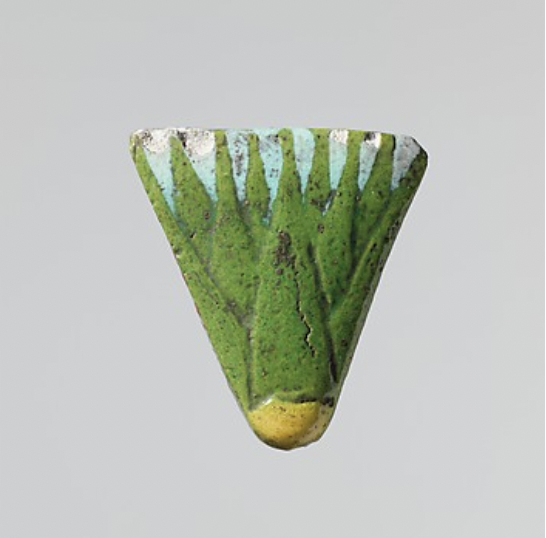
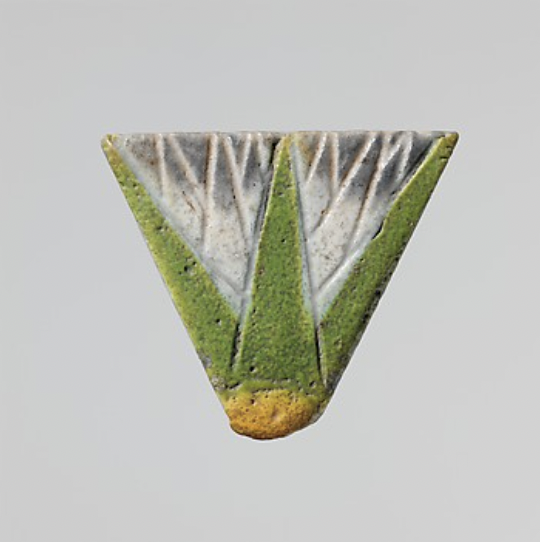
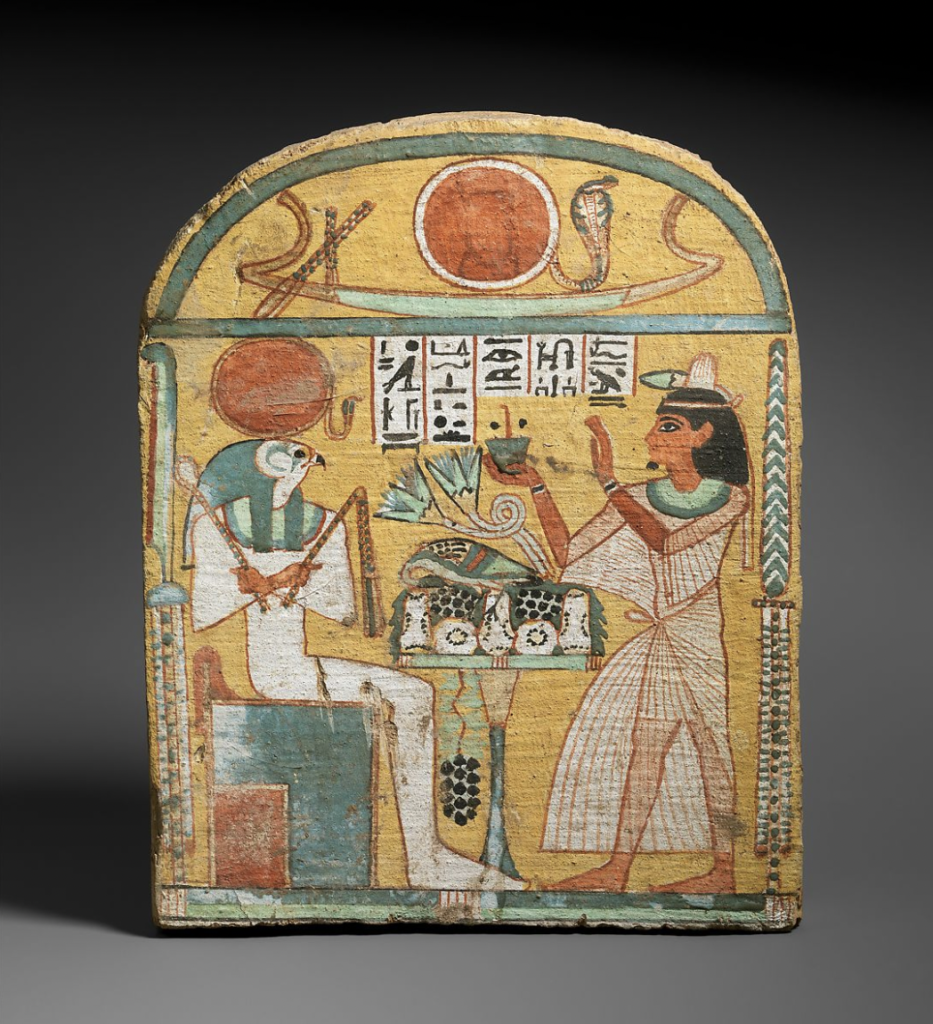
When seeing a lotus on an exhibit, take a second to consider what associations you have with it. Historically, Egyptians used lotus only for medical purposes as depicted in the Stela of Aafenmut, while in the modern day, we fetishized the hallucinogenic association that comes with it. It stuck around as an Egyptian label, while the genetic makeup of the lotus breeds indicates that it did not come from Egypt at all, but rather from the Persian invasion.
Ptolemaic Rule (305 to 30 BC)
Two hundred years later, a larger influence of culture came over Egypt with the Greek invasion. This portion of the gallery would be difficult to miss as it begins to resemble perhaps more familiar Greek statues. Through Greek rule, the two cultures experienced a blend in their ways of life, education, literature, and art style. In these portraits you can see a leak of Greek style through more defined hair shapes and fabric folds. The famous Cleopatra VII was depicted with statues in both styles, traditionally-Greek and traditionally-Egyptian, which has raised questions over her true identity. During this era, Egyptians are commonly downplayed for their relevance in society. Is this now Greek history or Egyptian? In a way, Egyptians are given little room for fluidity in their crafts and culture after being criticized for being so stoic.


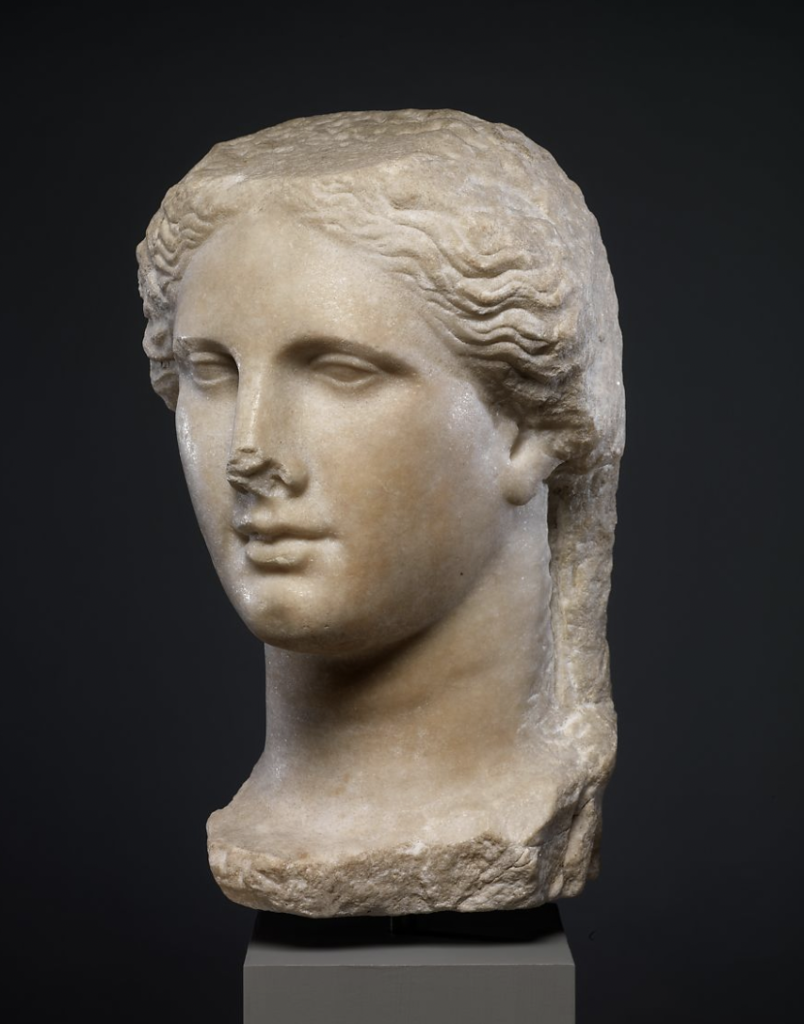
These are some of the themes and timestamps that could be helpful in navigating the gallery or thinking about what an Ancient Egyptian was like— as I am sure their identity goes beyond the two-dimensional walk and cat eyeliner. There is a profound and collected manner about the Egyptians that survived ever-changing dynasties, affairs, medicines, and inventions as Mediterranean neighbors influenced one another, but gets erased due to modern misconceptions.
Sources:
All images are from the Metropolitan Museum of Art Collection.
Yamamoto, Kei. “Ancient Egypt Transformed: The Middle Kingdom.” Metmuseum.org, 2015, https://www.metmuseum.org/art/metpublications/Ancient_Egypt_Transformed_The_Middle_Kingdom.
Lefkowitz, Mary R.. Egyptian philosophy: influence on ancient Greek thought, 1998, doi:10.4324/9780415249126-Z015-1. Routledge Encyclopedia of Philosophy, Taylor and Francis, https://www.rep.routledge.com/articles/thematic/egyptian-philosophy-influence-on-ancient-greek-thought/v-1.
“Egypt, Art during the Early New Kingdom Dynasty XVIII.” Egypt, Art during the Early New Kingdom Dynasty XVIII | Antiquities Experts, https://www.antiquitiesexperts.com/egypt_middle.html. JustCode. “Ancient Egyptian Literature: Wisdom Texts – Literature & Hieroglyphs – per-Ankh: Ancient Egypt.” Per, http://www.per-ankh.co.uk/monuments_of_egypt/literature_and_hieroglyphs/ancient_egyptian_literature_wisdom_texts.asp.
Lucas Livingston, Ancient Art Podcast, Ancient Worlds (No. #44,41,42,38).
